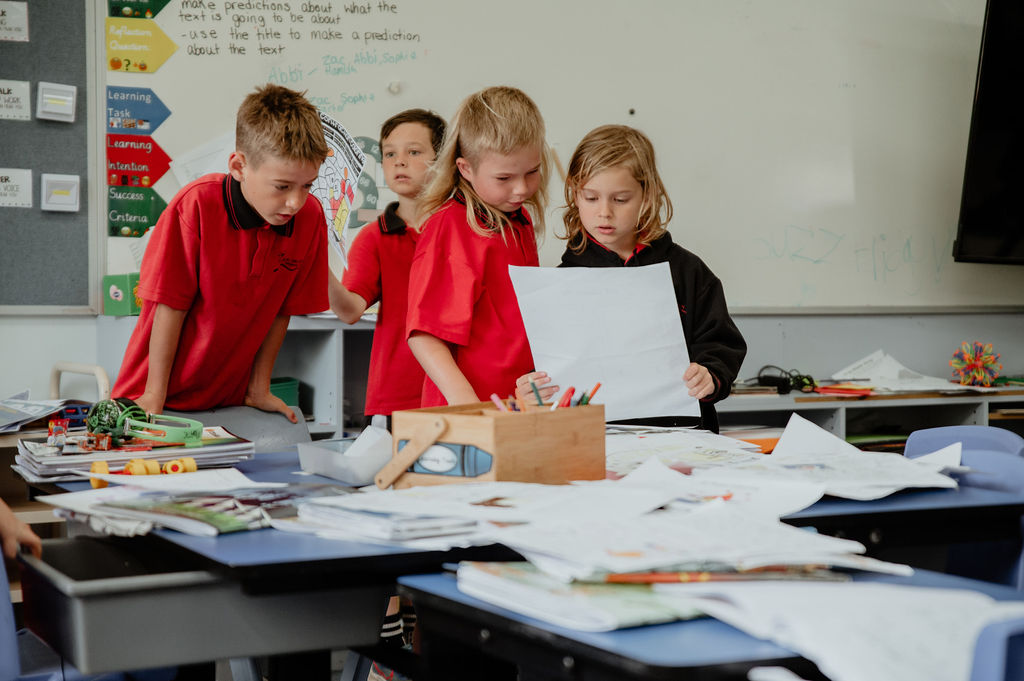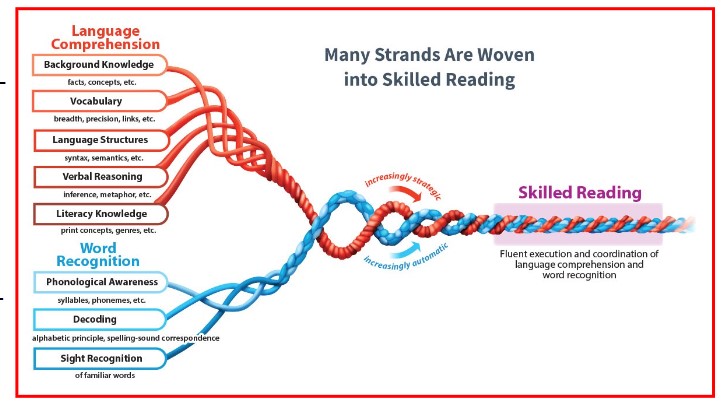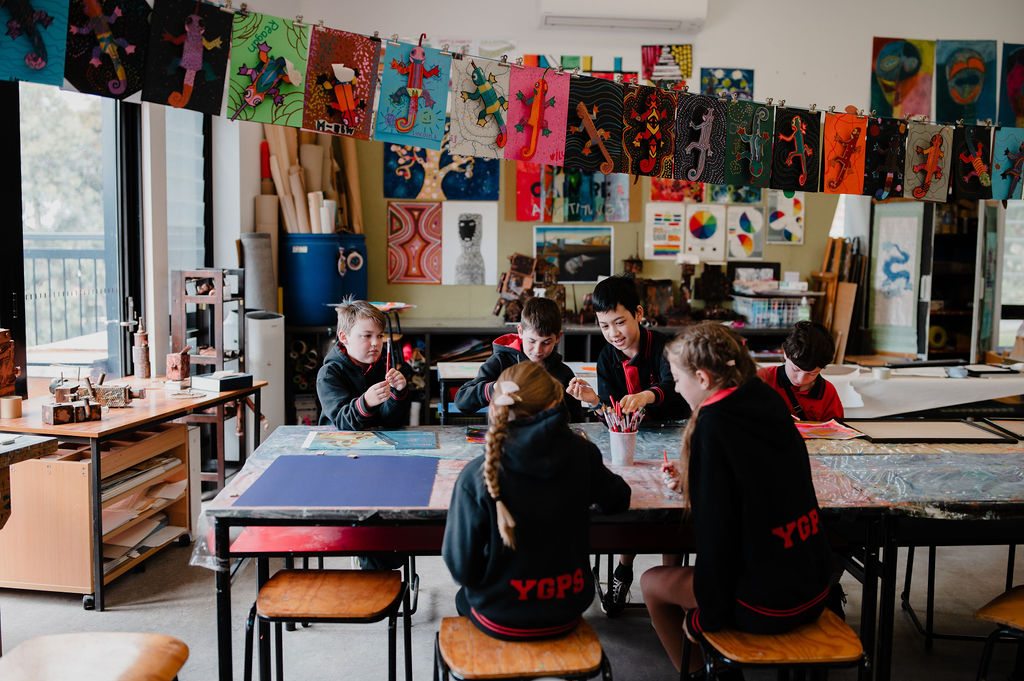Vision
Our vision for English at Yarra Glen Primary School is that all students will have access to evidence-based approaches in classroom practice to promote success in reading, writing, and spelling – and create uplift across all subject areas.
Literacy Instructional Model
Explicit teaching – This may include phonics instruction, modelled reading and writing, mentor/ rich texts, comprehension strategies, genre instruction, 6+1 traits.
Independent reading/ grouped reading/ writing task – Students working independently or in small groups. Teachers conferencing or working with a small focus group.
Daily review – Daily PowerPoint presentation reviewing phonics knowledge, spelling rules, segmenting, blending, word manipulation, morphology etc.
Fluency pairs – Daily fluency pairs, reading a selected passage or text to focus on reading fluency.
Reading Approach
Yarra Glen Primary School offers explicit, evidence-based teaching of word recognition and language comprehension skills. Students are systematically taught synthetic phonics and skills for decoding. In the Junior School, teachers use Little Learners Love Literacy and Australian Decodables for planning and teaching, along with decodable texts that link to student learning. In Years 3-6, teachers use the Spalding/ Write 2 Read program for planning and teaching, building on the phonics knowledge and skills learnt in the early years, as well as incorporating knowledge of spelling rules and morphology.
Daily explicit teaching focuses on decoding skills, such as segmenting and blending, vocabulary, reading strategies and comprehension. Students participate in daily fluency pairs, reading a selected passage or text to focus on reading fluency. This passage is used throughout the week, to promote reading fluency.
Reading and literacy sessions are planned to incorporate all strands of the Reading Rope. Scarborough’s Reading Rope provides a visual representation of the many strands woven into skilled reading. According to Scarborough, the word-recognition strands (phonological awareness, decoding, and sight recognition of familiar words) work together as the reader becomes accurate, fluent, and increasingly automatic with repetition and practice. The language-comprehension strands (background knowledge, vocabulary, language structures, verbal reasoning, and literacy knowledge) reinforce one another and then weave together with the word-recognition strands to produce a skilled reader.
Writing Approach
Yarra Glen Primary School plans and teaches text-based literacy cycles, focused on modelling and breaking down the language within mentor texts. This cycle usually spans over 2-3 weeks and includes elements such as Text Orientation, Language Orientation and Patterned Writing, innovating on the structure and language of the selected mentor text.
In Writing, teachers also incorporate the 6+1 Writing Traits in their planning, teaching and assessment. The Traits provide a common vocabulary and framework for elements of ‘good’ writing and develops consistency from grade level to grade level. Mentor texts are utilised to model and highlight the traits for students. The 6+1 Writing Traits are:
- Ideas
- Voice
- Conventions
- Organisation
- Word Choice
- Sentence Fluency
- Presentation



